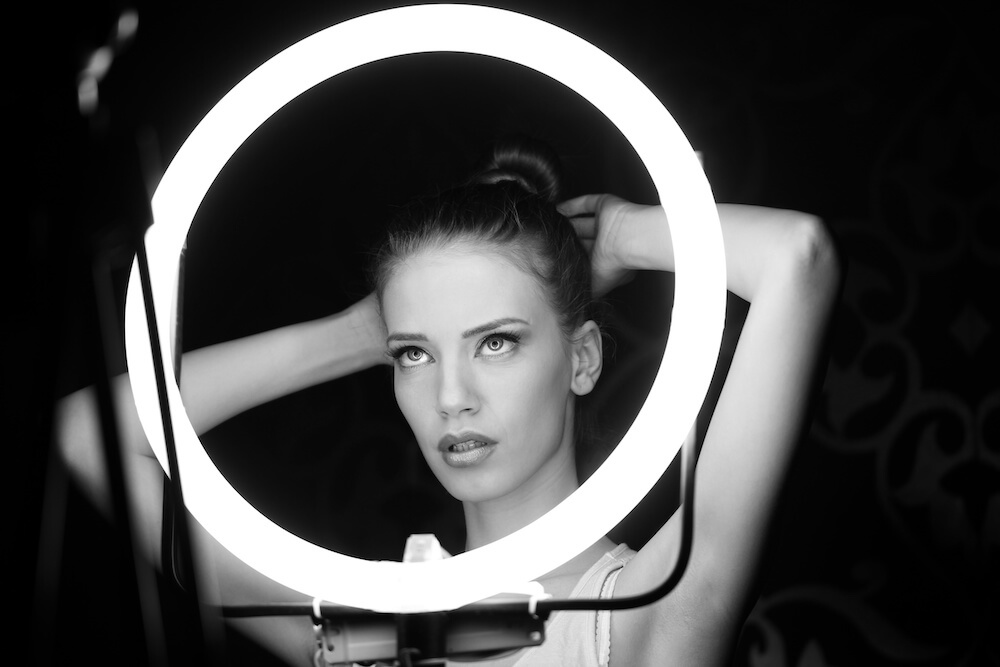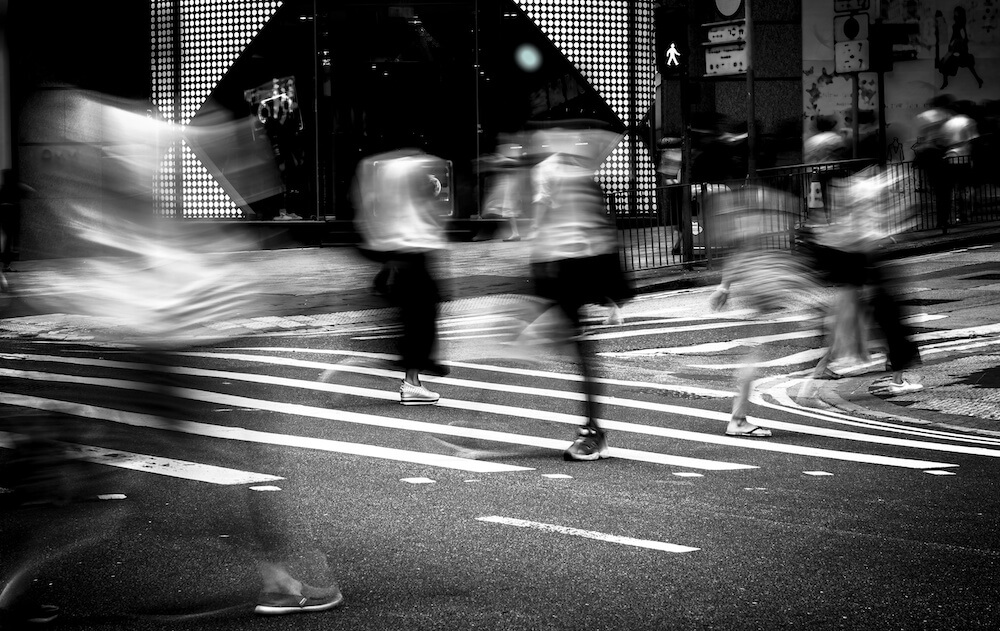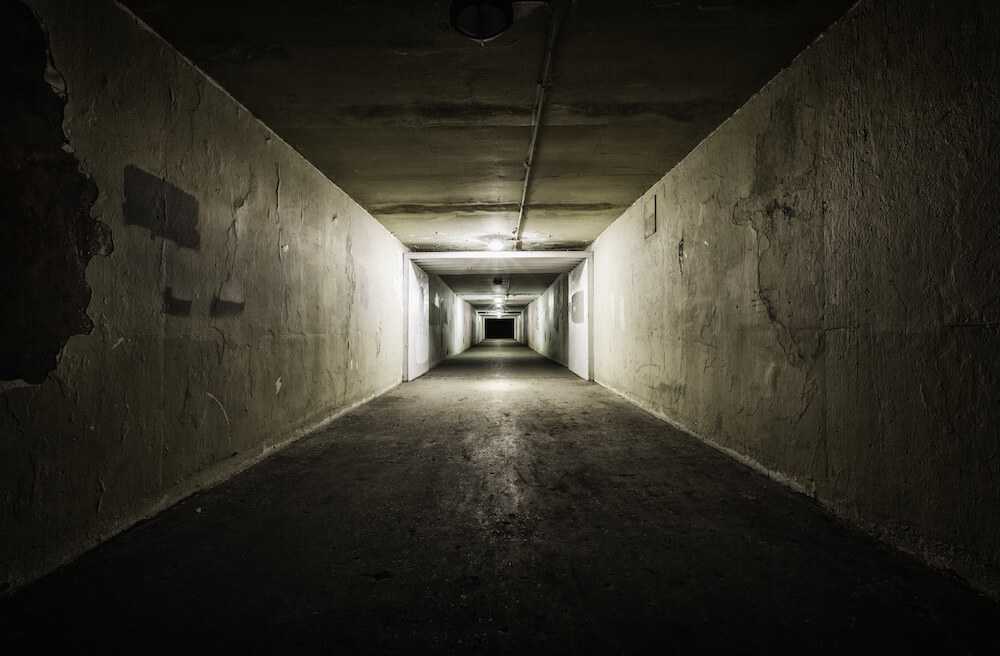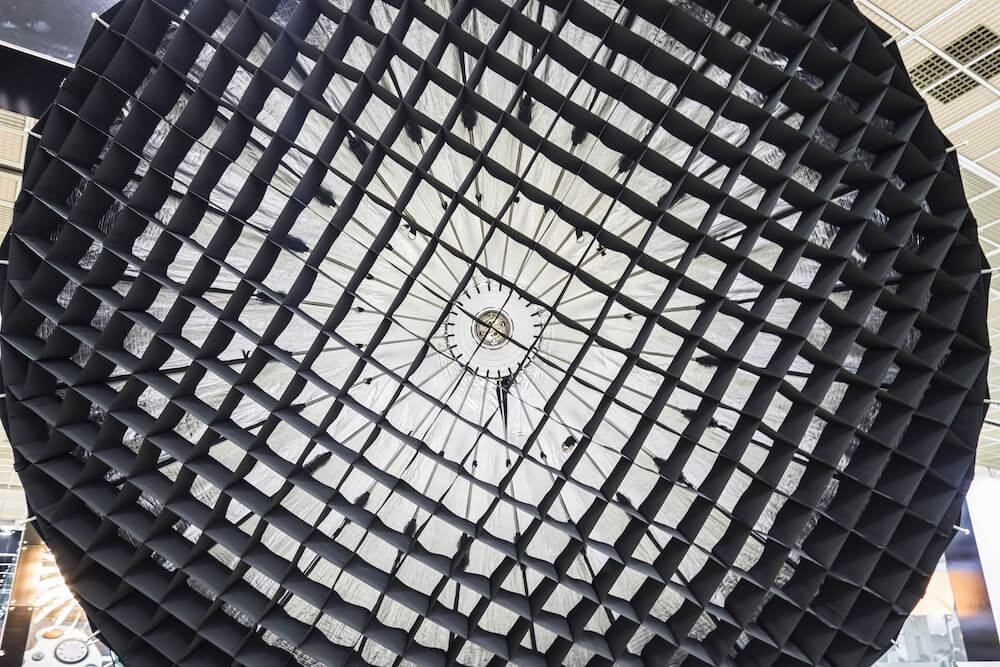What’s the deal with Flash, and how this relates to finding your voice in Photography.

If you’re anything like me, using flash for any photo is almost always at the bottom of my list.
Before I even consider it, my priority is always to best optimize the light around me, and to play with my in-camera settings as much as I possibly can to get the most light out of a scene to show what I want to show.
Why is this? Personally, unless it is completely required (such as in situations where it’s completely dark, and you need that moving or non-static foreground illuminated), I think, almost 90% of the time flash just feels artificial --or ‘forced'.
Simply put, I think most of the time it takes away from what I’m usually trying to capture.
When I take a photo, I don’t want it to be known that I’m taking a photo. Maybe that doesn’t make sense..let me elaborate: My goal is to simply not make the viewer think that there is a photographer taking the photo.
The photo isn’t about me, it’s not about my technique or abilities, it’s not about what angle I’m going for by hunching over just in the right spot, or what gear I used -- the goal is to capture the subject, and make the viewer think anything from “oh wow what an interesting space/subject” “oh that’s a great shot!” or “It’s like I’m there.”
Maybe sometimes I want the viewer to think “how did they do that” - -but even then, if that’s the primary focus of a photo, I don’t think it’s really about ‘art’ at that point -- but maybe just about showing off technical ability.
There’s nothing explicitly wrong with that -- some of the most fascinating art and feats of the world should absolutely make you ask that question -- but when we’re talking about photography specifically, I think above anything else the goal (at least mine) is to capture what you see, and how that space, or subject--or the circumstances around that photo made you, the photographer and the viewer feel.
Maybe that’s an incredibly abstract way of saying what I’m trying to say, but feeling is everything in photography, in my opinion.
Again --that’s what I want to convey more than anything -- how did taking this photo make ME feel, but also (and just as importantly) how will it make the viewer feel?

Why does this have anything to do with flash?
Good question. Sometimes, without question, you need flash.
Let’s say you want to capture that feel-good moment on the streets, or with your friends at night, and unless you can convince your subject to sit perfectly still for a couple of minutes -- or if you don’t mind loads of ISO noise in your photo, you need a light source.
But then, if you’re just pointing your built-in camera flash straight at your subject, or letting it bounce off a wall beside you--that is exactly where that ‘artificial’ feeling can come in-- because of the disparity between the natural light in your photo, and the (typically) white and bright light you’re putting in the scene with the flash.
When you introduce that artificial-light-contrast in a photo, in my mind, there is no way that the viewer is not thinking in some way (almost instantaneously) anything from: who was taking the photo, how far away was the flash/light source and so on. So, the focus can almost be taken off of the subject, and placed back onto technicalities immediately.
That’s not always a bad thing -- having that contrast to it all, or even an artificial sensation to what you’re shooting can work for some uses. Fun shots with friends (for the ‘we were here narrative’, advertisements, or just-generally-in-your-face “I’m here, and I saw this with the light I introduced” sensation to a photo.
When is direct-in-your-face flash powerful?
There is a documentary called “Dark Days” directed by Marc Singer with music by DJ Shadow made in the year 2000. The film chronicles the lives of the homeless living in the tunnels of the New York City subway system. The entire film is shot in black and white, with harsh lighting (flash lights, you name it) -- to allow the viewer to see anything at all, but I also think to add a sort of feeling to it all: here it is in Black and White --below ground, dirty, impoverished with the lights completely on and the face of these people for the world to see and feel.
How to get around this ‘in-your-face’ phenomenon
So you want to add more light (usually white light) to your shot. The go to pro-solution is to get a fancy top-shoe mounted flash with a diffuser bulb. You see these used by paparazzi, and at concerts by professional photographers. Typical usage is to point the flash straight up to get a full diffusion (no harsh shininess on subjects) and to just add a light source to the scene. This style absolutely has a vibe to it, but with the right diffusion it can look tasteful and not take too much away from the scene.
There are also many inexpensive solutions. One that I use is the ‘paper-flap’ method. Take two sheets of paper, and cut them into a rectangle that will cover your camera’s built in flash (this really only works for DSLR/shoe/top mount flash systems. Cut some sort of a ring into the paper, so that it can rest semi-attached to the top of the camera. What you’re looking for is for the paper to cover the flashbulb, so that when you shoot, you’re not getting any direct flash, but simply a blast of white-light that’s consistent and not entirely directional. This works particularly well for indoor shots, where you’re not too close to your subject. It also is a great trick for macro-photography, where you might need the light, but you don’t want it to look like you introduced any. Diffuse it, and avoid all semblance of flash-reflection with this cheap go-to method.

Flash Alternatives: External Lights
Another option to introduce light in a more ‘natural’ fashion is to use external lights. These can be collapsible lights (such as diffusion umbrellas or cube lights), or Ice-Light sticks. These things are fantastic for keeping light sources out of frame that can be placed elsewhere besides behind/overtop of the camera. Of course, you can’t always pull out a light-stick in every situation, but Ice-Lights are very portable, and tripod mountable. It’s surprising how much they can be used in the field. The other advantage to these types of external lights, is you can use them to introduce warmer light tones. This isn’t impossible with standard shoe-mount flashes (colour filters and different bulbs can be used) but it’s far easier with umbrella lights where incandescent bulbs can be used and easily swapped -- and many Ice-Lights have a variety of colour tones built right in.
So there you have it! If you need to use flash, play around with diffusers, and as with any form of art, think about what you are saying with your photograph and the tools you are using. Like that old saying, “A picture is worth a thousand words.” Always think about what you’re communicating with your art (or you know, don’t take it so seriously too! Do your thing and have fun!)!
-- article by: Alexander Tri



